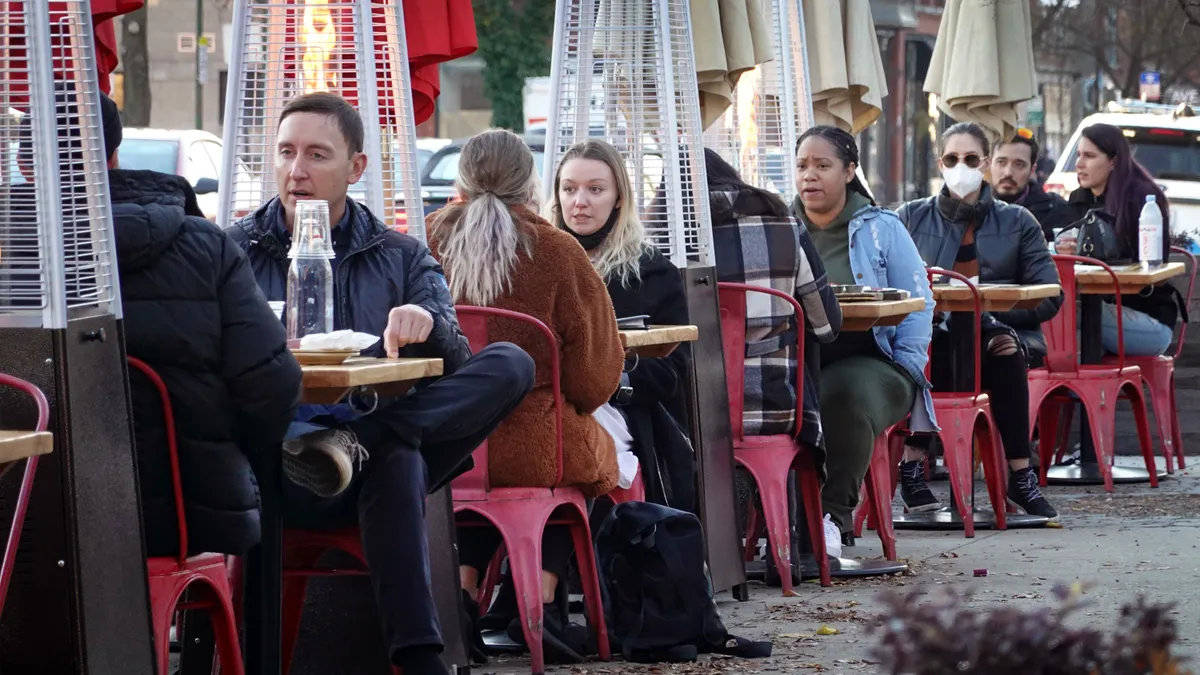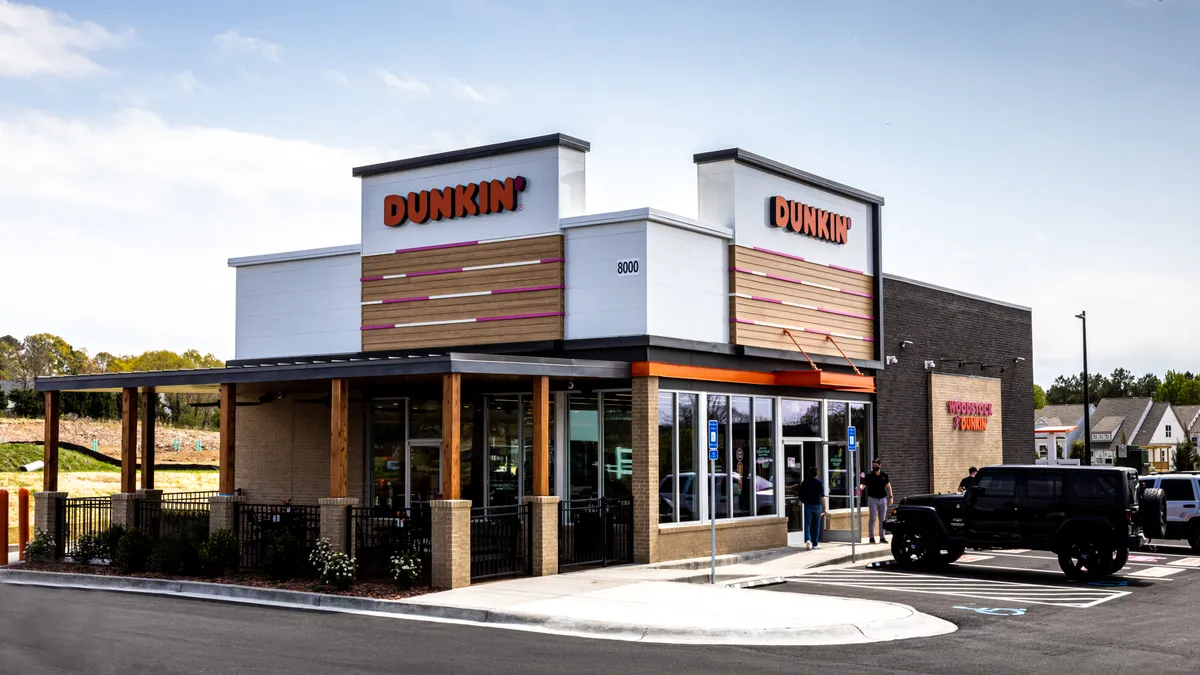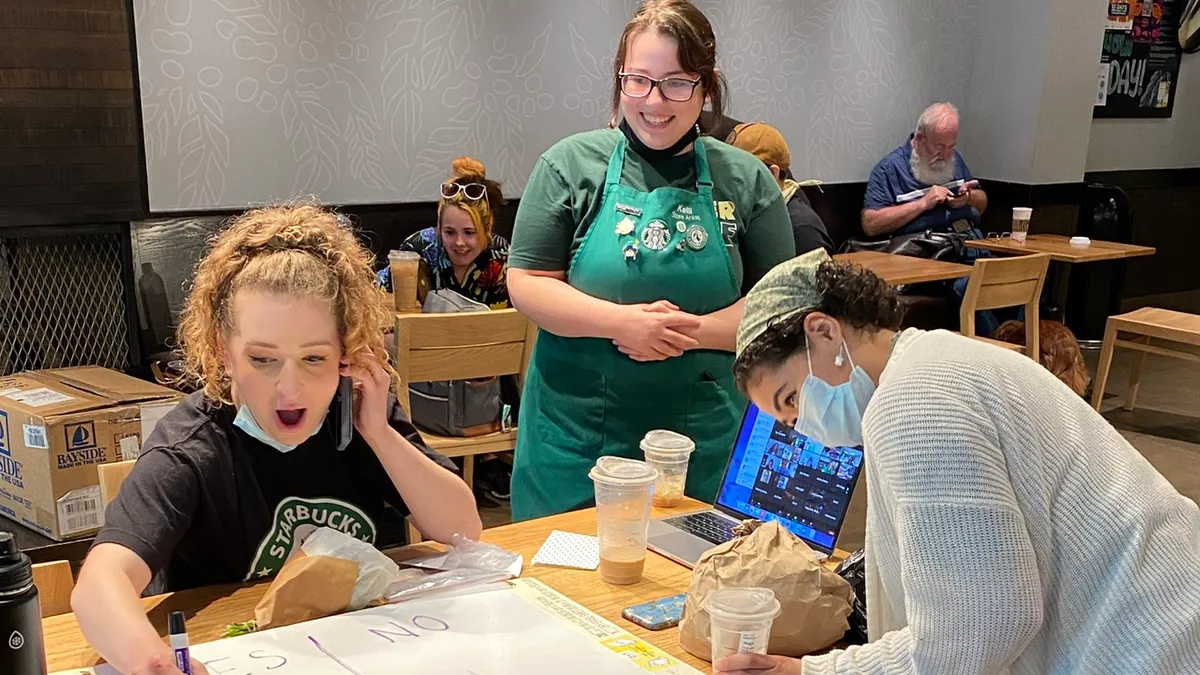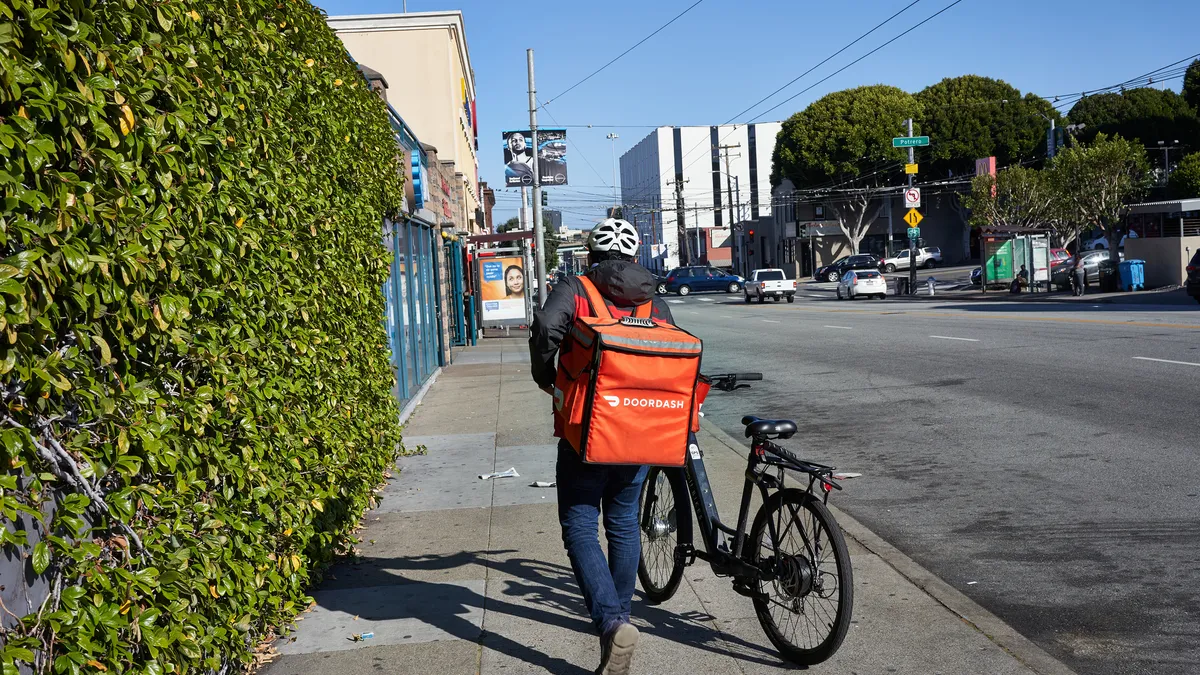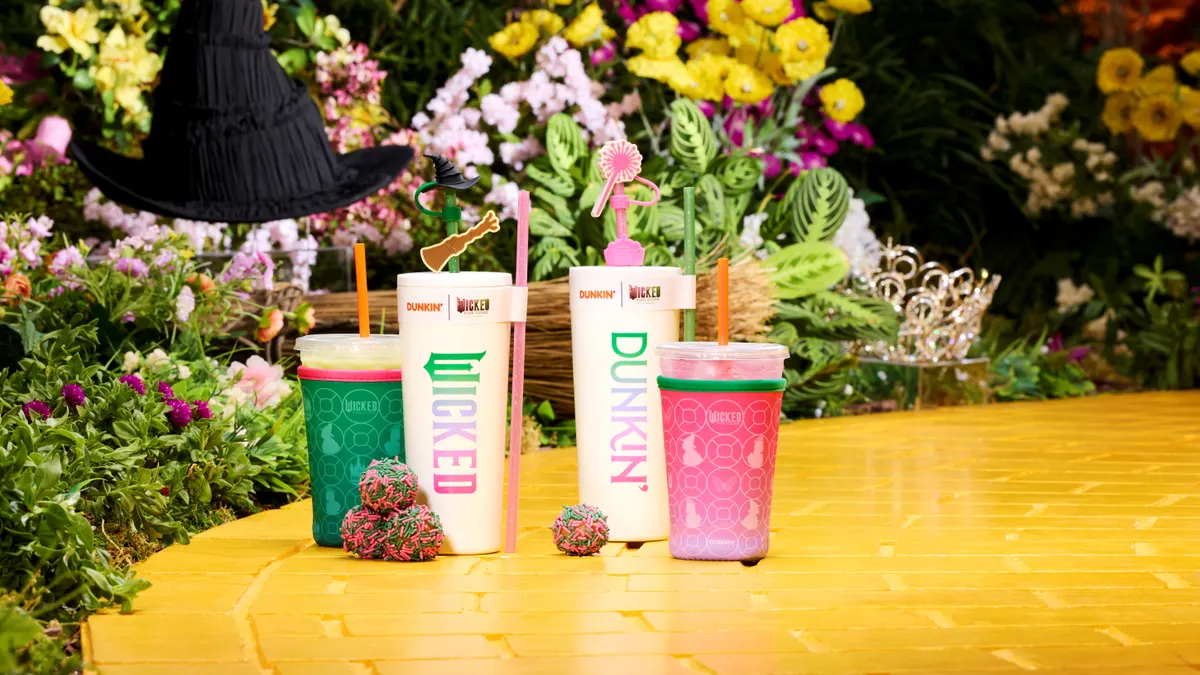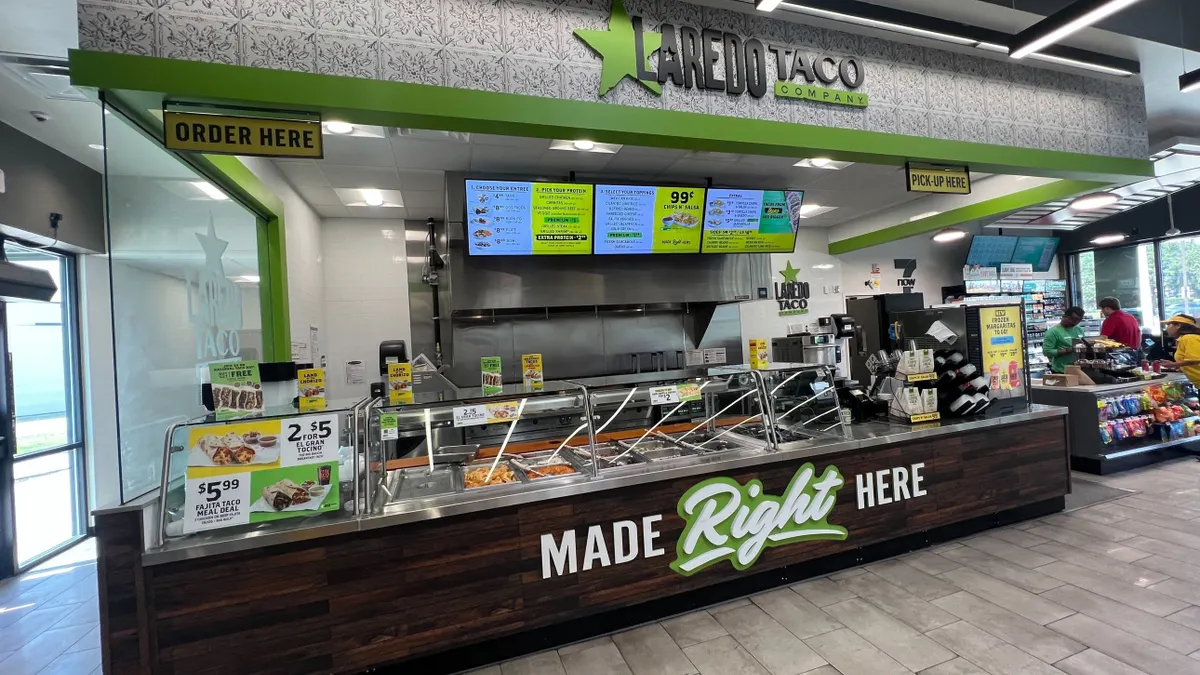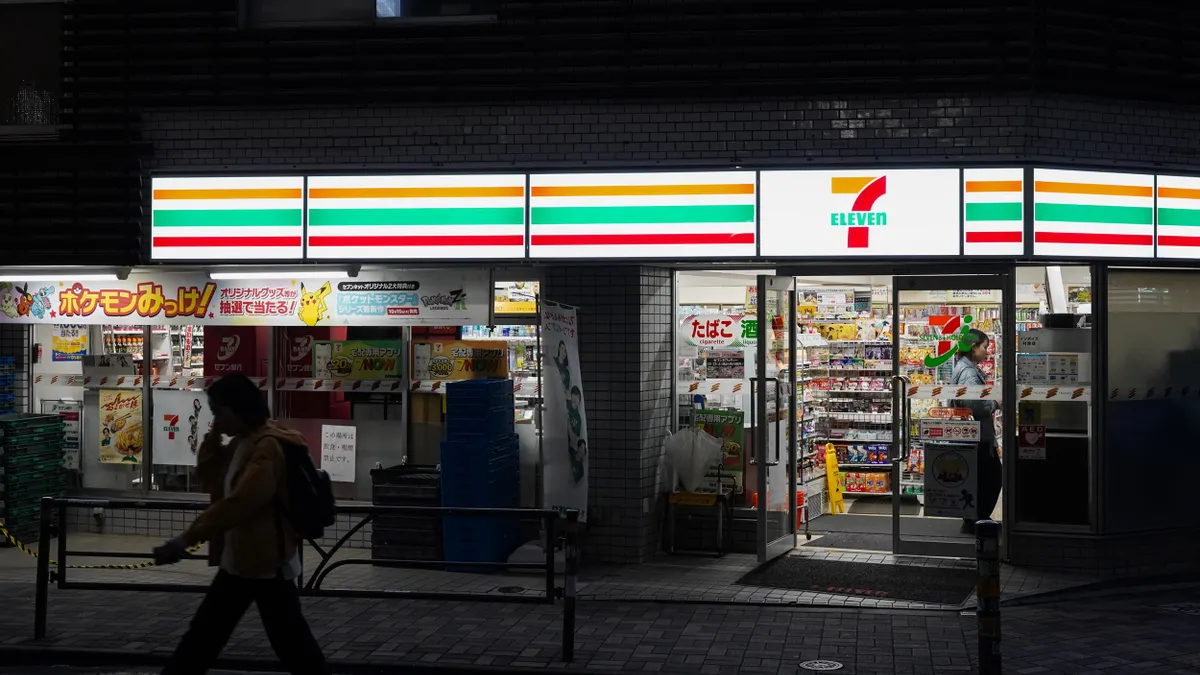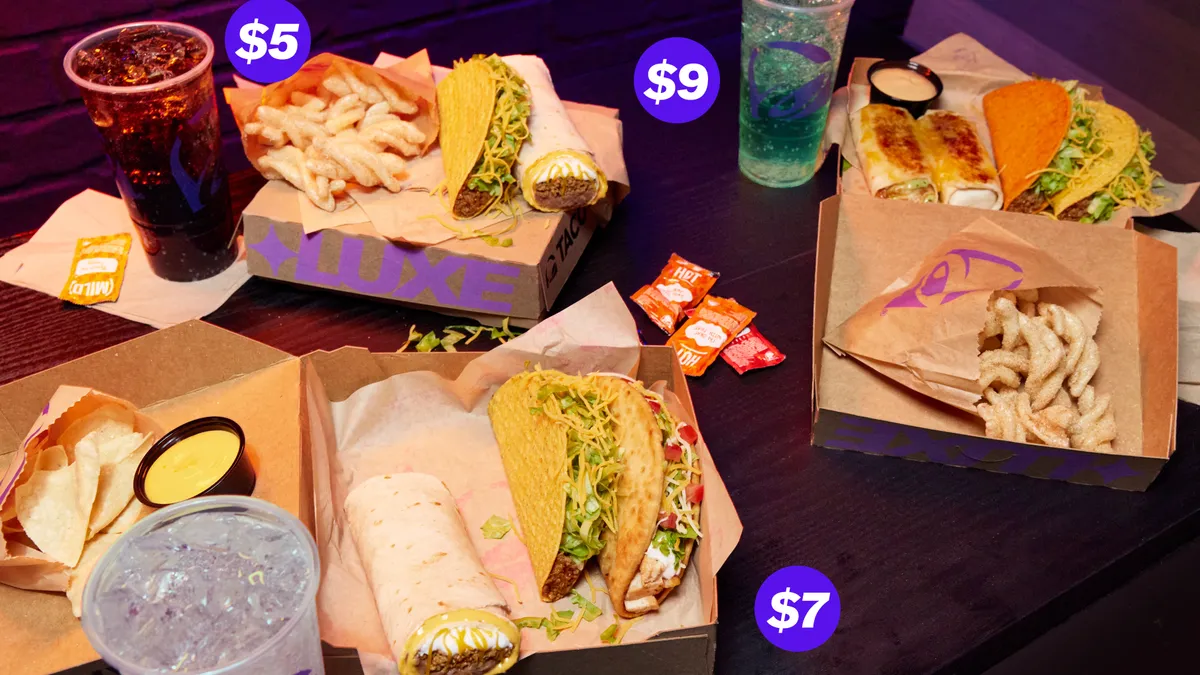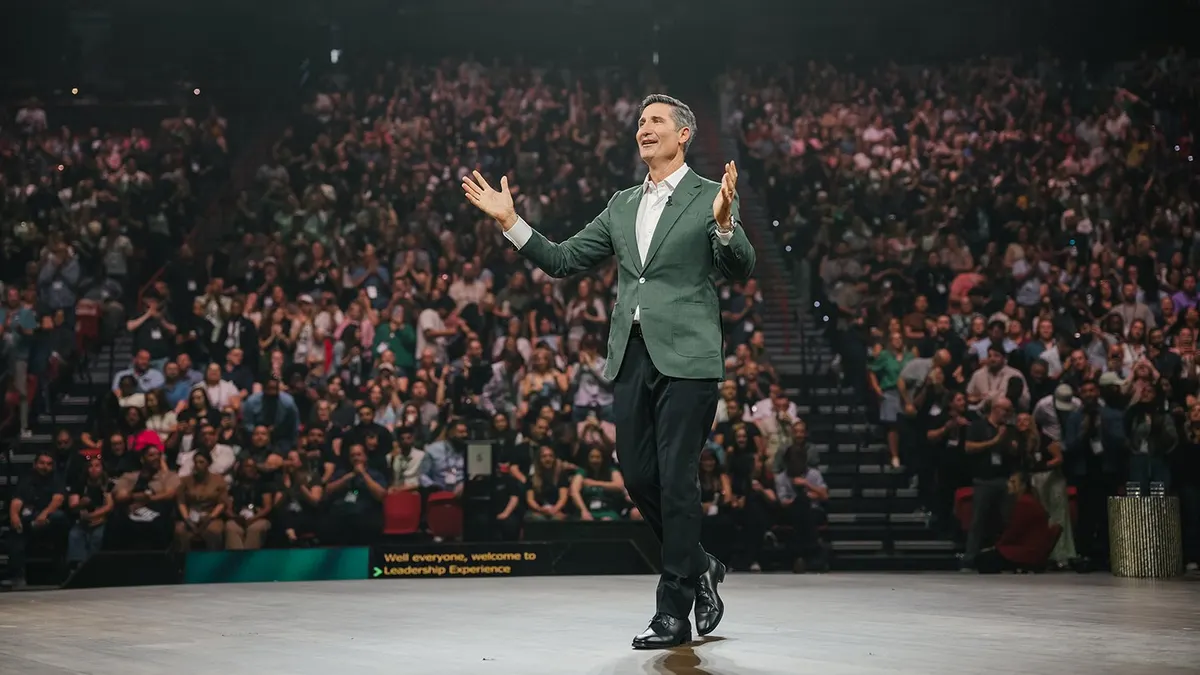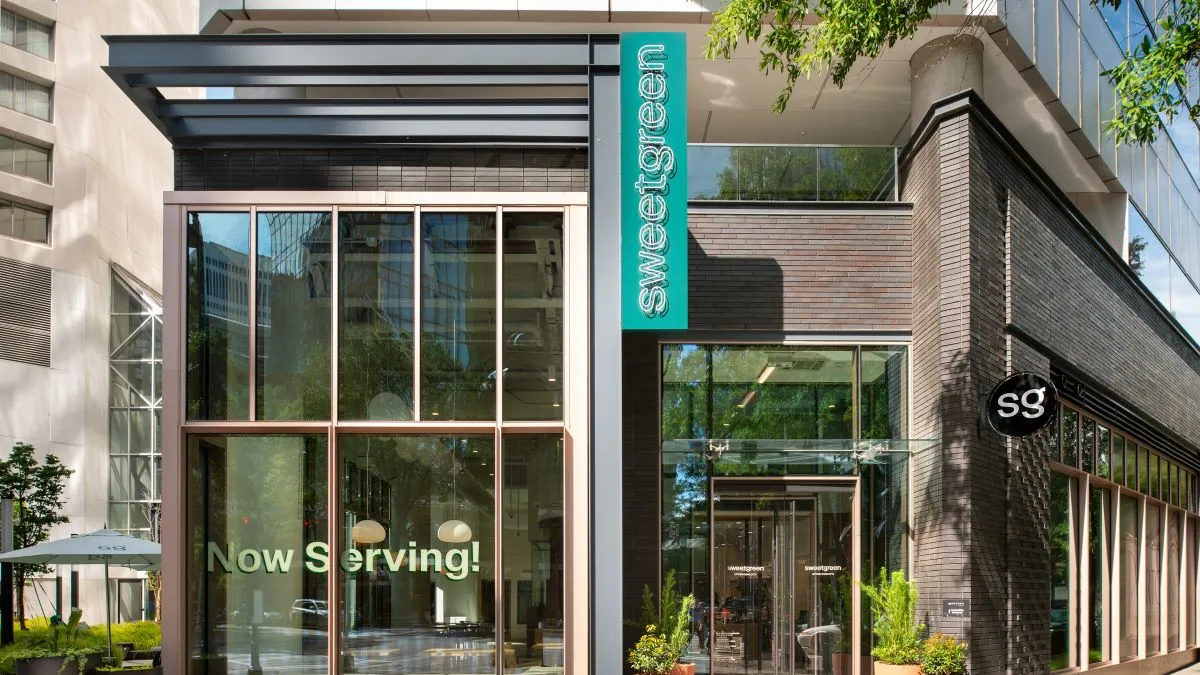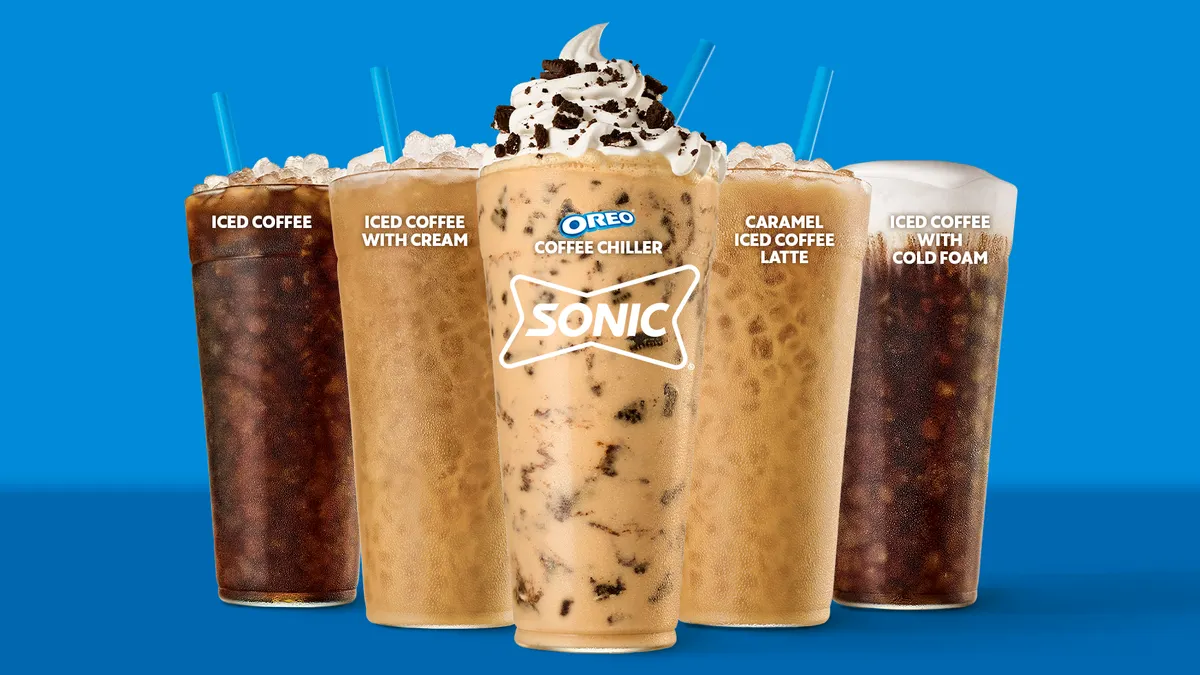The following is a guest post by Maribeth Dela Cruz, president of Jollibee Foods North America.
No one will dispute that the COVID-19 pandemic dealt the restaurant industry a bad hand. Many restaurants had no choice but to close their doors for good. Some struggled but managed to stay afloat. A few actually thrived and experienced growth. No matter how the pandemic impacted individual restaurateurs, one thing is certain: COVID-19 has transformed our industry, and in the process has taught us valuable lessons during the past year that could influence operations for years to come.
Instead of saying "could influence," it may be more accurate to say these lessons must influence the way restaurants do business if they want to be successful. It can be easy to pine for the good old days before the pandemic, but I don't believe any restaurant owner really believes everything will return to the way things were pre-COVID-19.
Besides, most consumers have not only adapted to the changes many restaurants implemented in response to the pandemic, but many also seem to prefer them. For example, more than half of diners expect to continue primarily using quick-service restaurants' digital tools to arrange curbside pick-up after the pandemic, according to a recent survey by McKinsey & Company.
Consumers still want access to their favorite brands anytime, anywhere — albeit in a more socially distanced way than before. If restaurants don't keep up, they can very easily be replaced by the many dining options that consumers have available to them.
Restaurants will be well-served by looking at the changes they had to take to maintain operations during the past year not as temporary measures to help them survive, but rather as innovations worthy of consideration for inclusion in business models to drive future growth and revenue, because they are very likely responding to an industry trend that is not going away anytime soon.
Here are some trends that I've seen, and Jollibee has implemented (or soon will) many of these changes to respond to the desires of our customers. While these are particularly relevant to quick service, I believe they can be applicable across the restaurant industry:
1) Seamless ordering is here to stay. When trying to determine those trends that could be permanent, look first at those that have made consumers' lives easier. Diners today want the entire process of getting their food to be as hassle-free as possible. Technology is making it easier for them to order their food right from their smart device. QR scanners for in-app orders and the availability of alternative payment options such as Apple Pay give consumers a safe and convenient way to simplify the ordering process.
But this only tells half the story. Consumers also expect picking up their food to be equally convenient. Dedicated pickup areas inside the restaurant or drive-thrus with multiple lanes, with some lanes dedicated to a mobile order only pick-up window, help make the process faster and ensures a seamless experience for the consumer no matter how they order their food.
2) Off-premise dining is the new way to eat out. Today a consumer's experience with their favorite restaurant often begins once they leave the restaurant or drive-thru. That's why it is important that restaurant brands focus on ways to improve their connection with consumers and enhance the product experience for off-premise consumption as much as on-premise dining. This can include using creative packaging, offering menu item bundles at different price points for consumers who want to order food for multiple meals at home, or providing detailed reheating instructions for this multi-meal ordering.
This trend is also causing many QSR brands to take another look at the footprint of their restaurants. The growth of off-premise dining means some restaurants can now provide only drive-thru and outdoor dining at some locations. At others, brands can right-size their restaurants and optimize the layout for take-out service in urban areas where there is no space for a drive-thru.
3) Visible sanitation provides significant peace of mind. It sounds like a no-brainer, but showing your restaurant's commitment to cleanliness is now more important than ever. Many of the current COVID-19 protocols are likely to be around for a while. Cleaning tasks have shifted from being done purposefully out of sight to "cleaning to be seen" to build trust with consumers. Many restaurants now offer hand sanitizing stations for patrons the moment they walk in the door. Hand-washing stations are also being relocated outside of restrooms to areas inside the restaurant making it more convenient for customers and employees alike.
Part of this "visible sanitation" should include enabling consumers to see the efforts restaurants are taking to keep their employees safe while on the job. Consumers now see treating employees well as an important part of doing business. Restaurant employees have demonstrated during the pandemic that they are a fundamental part of the food-service industry. Consumers now expect employers to treat them as such, and this includes keeping them safe while working.
Many of these changes contributed to a very successful year for Jollibee restaurants during the pandemic. 2020 marked Jollibee's best year for North American expansion with the company seeing 15% systemwide growth and experiencing 36% network growth as we opened 16 new stores. These efforts had such a significant impact on Jollibee's growth that we are incorporating them into our business plans to open 28 stores across the U.S. and Canada this year.
The COVID-19 pandemic shook the restaurant industry, there's no doubt about it. But there is a bright side. Restaurateurs showed tremendous resilience in implementing new innovations to adapt to the dramatically different business environment. They also seized upon the pandemic to successfully get back to basics regarding food safety and quality, both of which were significantly magnified during the past year. But at the heart of it all was a commitment to staying focused on the customer, and that will always be the key to our industry's future success. When you think about it that way, COVID-19 hasn't really changed things after all.


